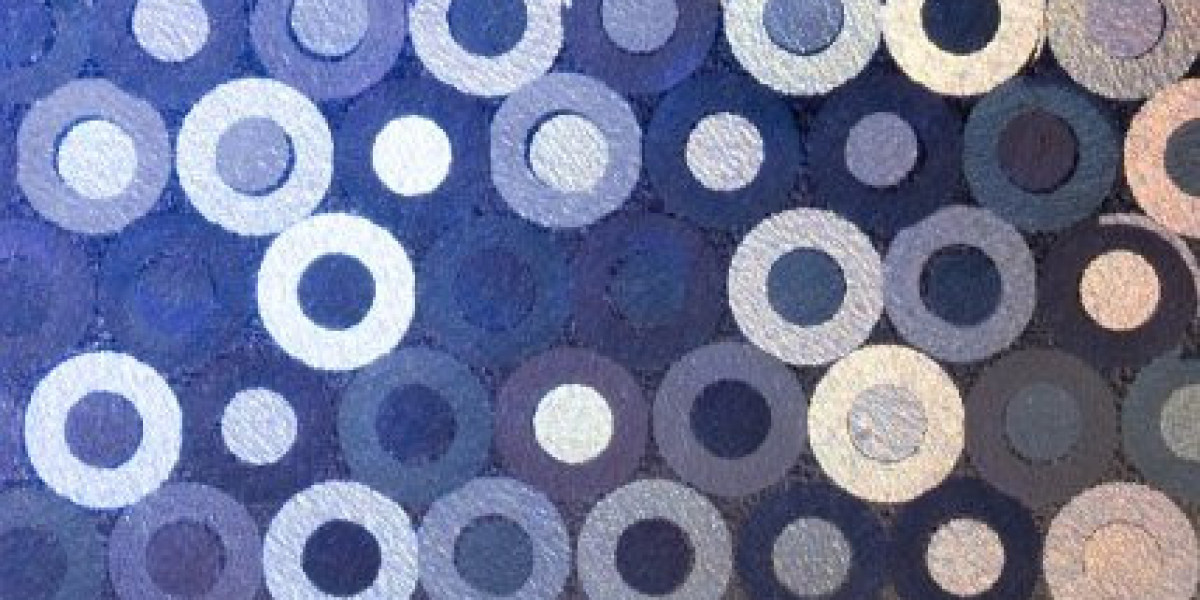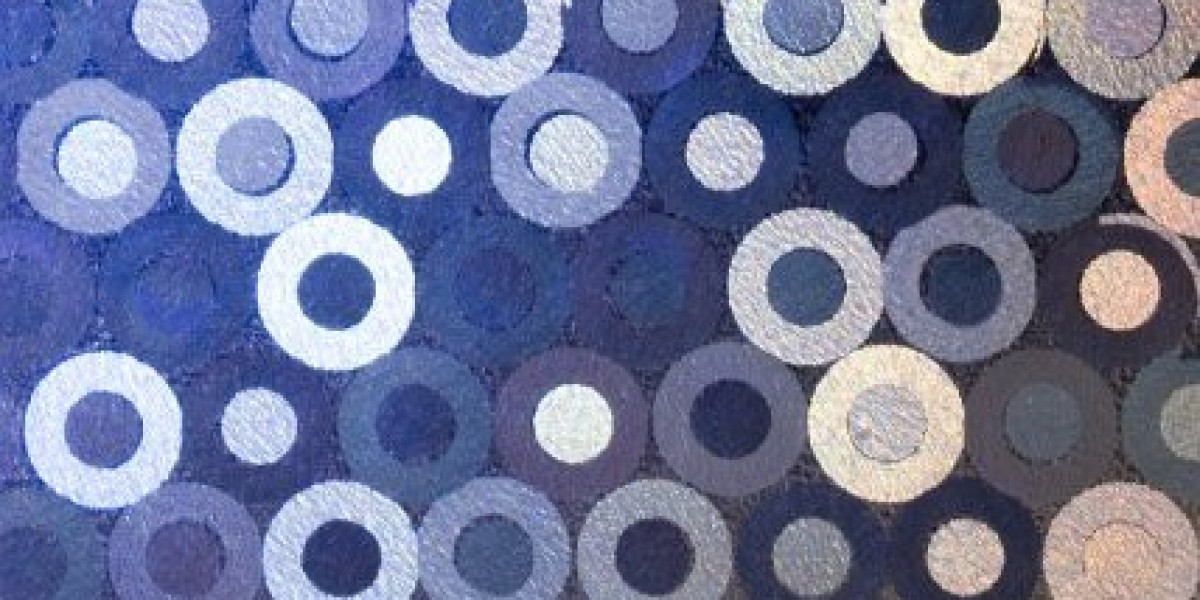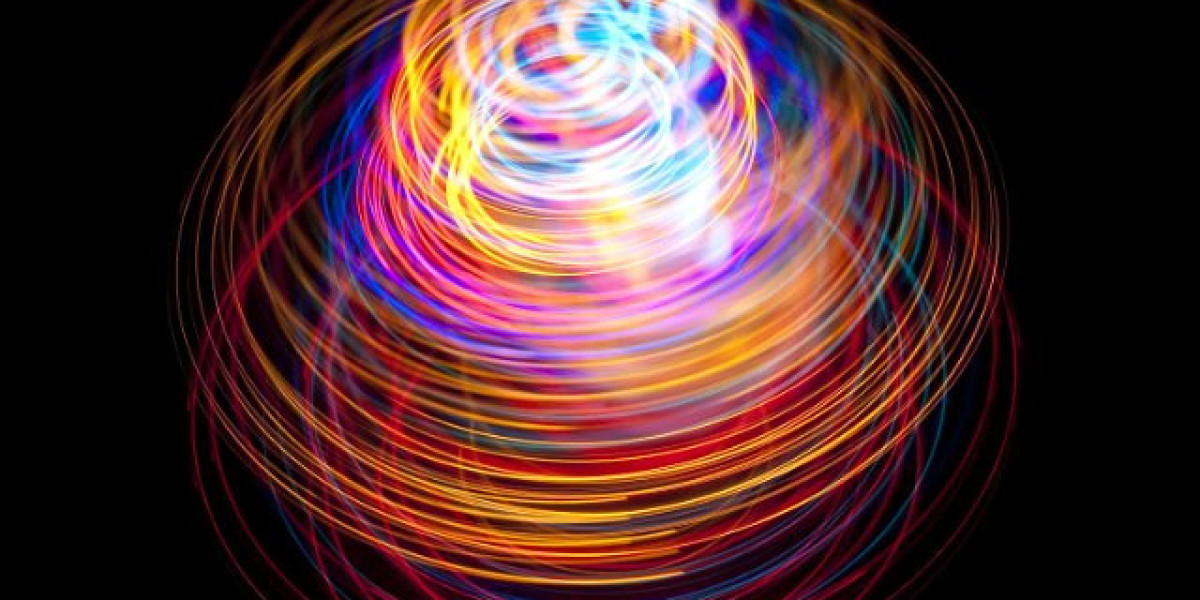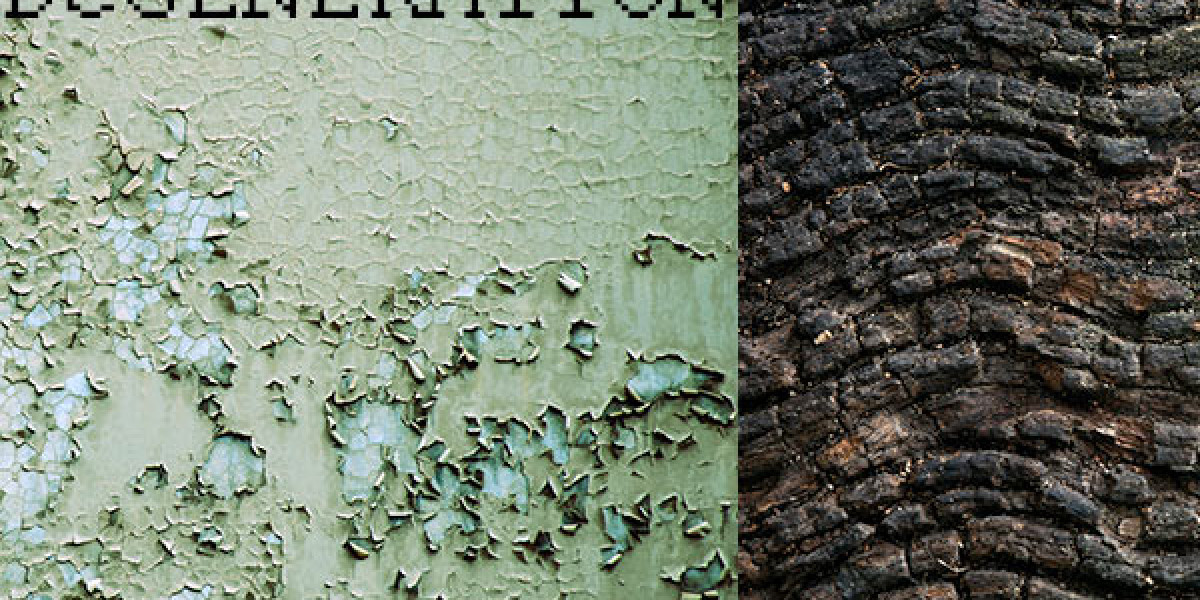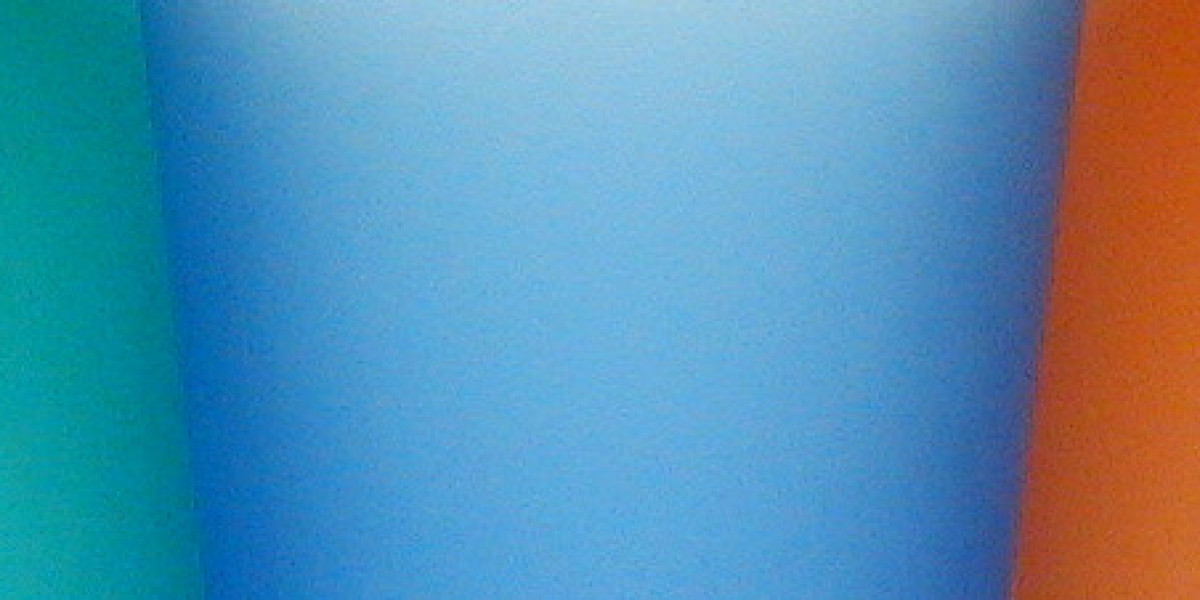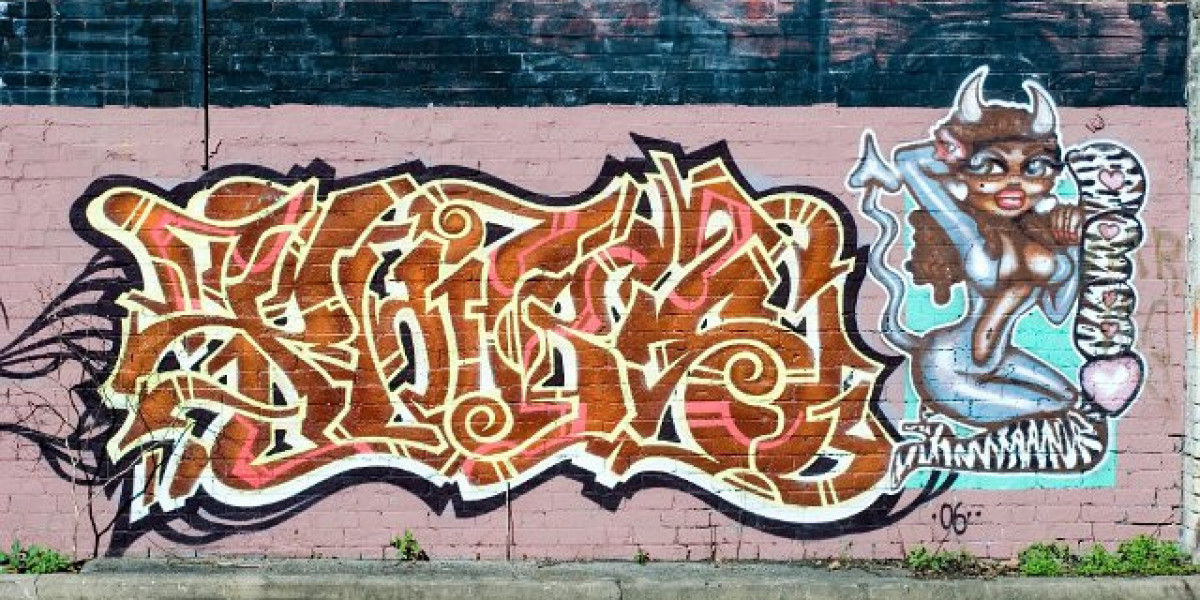What Is KPV?
KPV is a tripeptide composed of lysine followed by proline and then valine. The notation L-K-P-V indicates that each amino acid is in its natural (L) stereoisomeric form. Because it contains only three residues, the peptide is inexpensive to produce and can be manufactured with high purity using standard solid-phase synthesis techniques. In contrast to many other peptides that require complex folding or post-translational modifications, KPV remains functional in a linear conformation.
The Underrated Recovery Compound
KPV has earned the nickname "the underrated recovery compound" because its anti-inflammatory properties are often overlooked compared with more famous agents such as NSAIDs or corticosteroids. However, several studies have shown that KPV can blunt the inflammatory cascade without compromising the body’s ability to heal. Its unique mode of action involves selective modulation of immune signaling pathways, making it a promising adjunct for athletes, military personnel, and patients undergoing rehabilitation.
? 1. Blocking Pro-inflammatory Cytokines
One of the primary mechanisms by which KPV exerts its effects is through the inhibition of pro-inflammatory cytokine release. Cytokines such as tumor necrosis factor alpha (TNF-α), interleukin-6 (IL-6), and interferon gamma are released in large amounts when muscle tissue or joints are damaged. These molecules drive swelling, pain, and further tissue breakdown if left unchecked.
KPV interacts with the formyl peptide receptor family on immune cells—particularly neutrophils and macrophages—and dampens their activation state. This interaction prevents the transcription of genes encoding TNF-α and IL-6, leading to lower circulating levels of these cytokines after an injury or intense training bout. The result is reduced edema, less nociceptive signaling, and a faster return to normal tissue function.
In addition to cytokine suppression, KPV has been shown to shift macrophage polarization from the pro-inflammatory M1 phenotype toward the reparative M2 phenotype. This shift supports the clearance of debris and promotes the synthesis of extracellular matrix components necessary for tissue repair.
Clinical and preclinical data support these findings. In animal models of muscle injury, KPV administration reduced inflammatory infiltrates by up to 60% compared with untreated controls. Human studies involving athletes have reported decreased soreness scores and faster recovery times when KPV was included in post-exercise nutrition protocols.
Beyond cytokine blocking, KPV also exhibits antioxidant properties that further protect cells from oxidative damage caused by reactive oxygen species generated during strenuous activity. By maintaining mitochondrial integrity, the peptide helps preserve muscle performance and reduces fatigue.
Overall, KPV’s capacity to block pro-inflammatory cytokines while promoting a regenerative immune environment makes it an attractive candidate for anyone seeking efficient, drug-free recovery solutions.
